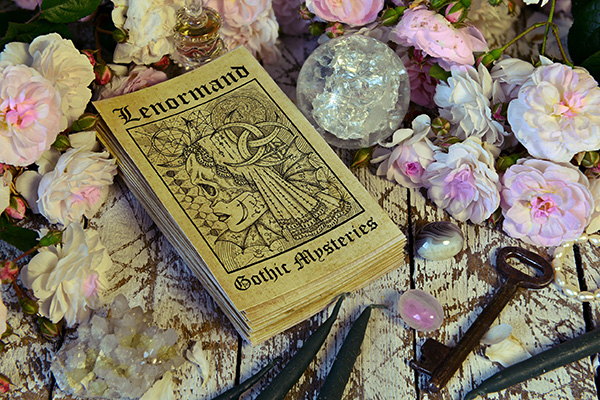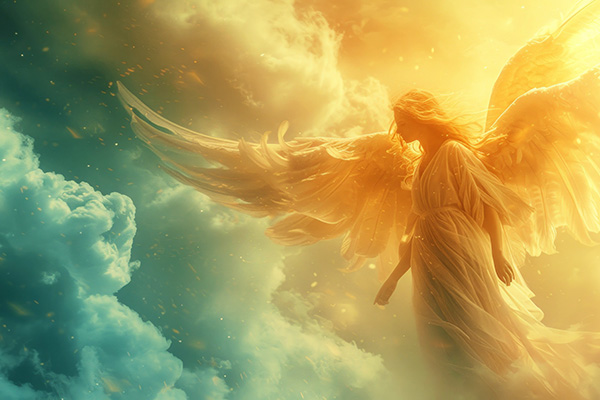major arcana
The People In Your Tarot Court Cards
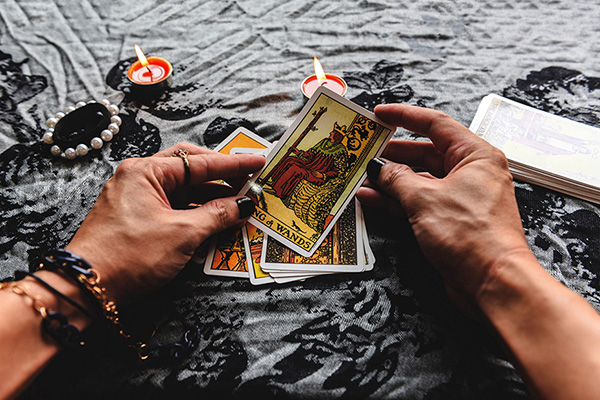 In a psychic tarot reading, several court cards, also known as ‘people cards’, may come up in a spread. This can be challenging and even confusing, because the reader must now interpret not only the situational influences and circumstances revealed by the spread, but also the other people who are playing a role, or may still be involved in the matter.
In a psychic tarot reading, several court cards, also known as ‘people cards’, may come up in a spread. This can be challenging and even confusing, because the reader must now interpret not only the situational influences and circumstances revealed by the spread, but also the other people who are playing a role, or may still be involved in the matter.
There are many different approaches to interpreting tarot court cards, but my personal preference is to associate each card with an astrological sign of the zodiac.
There are 78 cards in a traditional Tarot deck. The first 22 cards are the Major Arcana and the remaining 56 are the Minor Arcana. The Minor Arcana are divided into four suits that correspond to the four classical elements of Air, Fire, Water, and Earth.
The element of Air is typically represented in the deck design as swords, feathers, birds, or clouds. The element of Fire is usually represented as wands, batons, or staffs. The element of Water is represented by cups, chalices, bowls, or mermaids. And the element of Earth is represented as pentacles, coins, or stones.
Sixteen of the 56 minor arcana are the court cards. The court cards of each suit represent people who embody the personality, traits, or influence of the associated element. Occasionally, a court card may also represent someone who fits the physical appearance of a particular person card as depicted in the card’s design.
The True Meaning Of Judgment
 Judgment is card 20 in the Tarot’s Major Arcana. Arcana means “hidden things, mysteries,” from the Latin arcanum meaning “a secret, a mystery” and arcanus meaning “secret, hidden, private, concealed.” Arcana are therefore “pieces of mysterious knowledge or information.”
Judgment is card 20 in the Tarot’s Major Arcana. Arcana means “hidden things, mysteries,” from the Latin arcanum meaning “a secret, a mystery” and arcanus meaning “secret, hidden, private, concealed.” Arcana are therefore “pieces of mysterious knowledge or information.”
In a standard Tarot deck, there are 21 Major Arcana cards. They define The Fool’s journey (the first card) through life and all of the life lessons we encounter along the way. As one of the final stages in The Fool’s journey, the Judgment card represents having learned sufficient lessons to now awaken from the illusion and limited perceptions.
The most well-known tarot deck is the Rider–Waite. Pamela Coleman Smith, aka “Pixie,” was a British artist who illustrated the deck. She deserves much credit for the brilliant way she captured advanced spiritual concepts in the deck’s artwork.
The Rider–Waite Judgment card depicts three resurrected figures, a woman, man, and child, reaching up to an Archangel overhead blowing a trumpet as a wake-up call. The scene is based on Christian imagery representing the Resurrection and Last Judgment. The flag of St. George hangs from the trumpet, which references 1 Corinthians 15 in The Bible.
The Judgment card reminds us that no matter what our background may be, we can rise up and transcend any trauma or adversity in life, regardless how challenging the situation. We also have the power to see through the illusion of life and wake up to the truth.
The Empowering Symbolism Of The World Card
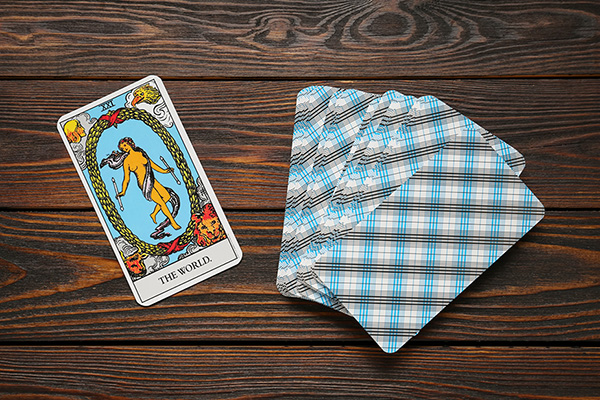 The World card in the Tarot remains one of my firm favorites. I am all for personal and spiritual growth, the completion of cycles, and new beginnings. The World represents exactly that: the ending of a cycle and pause in life, before the next major cycle begins with the fool.
The World card in the Tarot remains one of my firm favorites. I am all for personal and spiritual growth, the completion of cycles, and new beginnings. The World represents exactly that: the ending of a cycle and pause in life, before the next major cycle begins with the fool.
The journey from the new beginnings of The Fool to the fulfilling endings of The World is a constant evolutionary process in our everyday lives that is represented by the sequence of the 22 Major Arcana cards of the Tarot. The World is the 22nd trump and therefore final card of the Major Arcana.
I have reflected on the imagery of the Rider-Waite version of this Tarot card in great detail. Rider-Waite is probably the most popular and universally recognized Tarot deck. The illustrations by Pamela Colman Smith at first glance appear simple, but the details and backgrounds feature abundant mystical symbolism.
The World pictures an empowered figure within a wreath – traditionally a symbol of victory, success, achievement, and eternal life. The figure holds a wand in each hand, which is reminiscent of the Magician card and the Two of Wands. However, while The Magician holds only one wand, the two wands in the The World card represents fulfillment, wholeness, balance and coming full circle.
The card is framed by four animals on the diagonal. The depiction of these four creatures parallels the four animal symbols used in Christian art to represent the four Evangelists, namely Matthew, Mark, Luke, and John. The four animals also represent the zodiac signs of Taurus, Leo, Scorpio, and Aquarius, the four fixed signs in Western Astrology, which in turn represent the classical four elements of Earth, Fire, Water and Air.
Yoga And The Tarot Archetypes
 When I’m not doing psychic readings, I enjoy engaging in activities that support a healthy lifestyle, such as Yoga and Herbalism. Although I spent many years training with Yoga masters from around the world and I am a certified Yoga instructor, I continue to learn more each time I get onto the mat.
When I’m not doing psychic readings, I enjoy engaging in activities that support a healthy lifestyle, such as Yoga and Herbalism. Although I spent many years training with Yoga masters from around the world and I am a certified Yoga instructor, I continue to learn more each time I get onto the mat.
While practicing the other day, I found myself thinking about the Tarot cards while in a particular yoga posture. It was the asana known as the Hero’s pose, or Virasana. The pose involves kneeling or sitting in between your bent legs.
As I was sitting in this stretch, I was wondering how the posture got its name, which comes from the Sanskrit word vira meaning ‘hero.’ It occurred to me that a hero was someone who had to think of someone else or others in that moment more than themselves. When we are pushed to our edge, in that moment of vulnerability, it makes us stronger. The same humility can be found in certain Yoga postures.
Then the Emperor card from the Tarot deck came to mind. The Emperor in a reading can show a ruler or leader who is strong, confident, and who guides others. Might there be an ancient connection with Yoga and the Tarot?
I then began to think of other Yoga postures and how they might correlate with the other Major Arcana cards in the Tarot.
The first that came up for me was The Hanged Man. This iconic card features a figure hanging upside down from a tree. Hanging from a tree in this way would certainly make one see the world from a different perspective. Interestingly, the headstand pose in Yoga, Sirsanasa, aims to create mental balance and physical poise. Continue reading
Empower Yourself With A Tarot Meditation
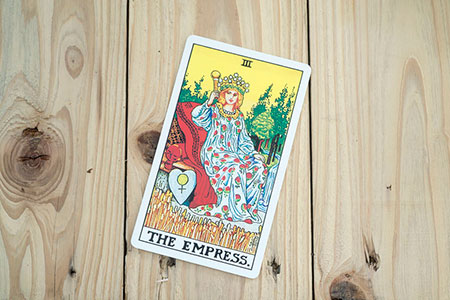 The Tarot is so much more than just a method of fortunetelling. Tarot can be used as a tool for meditation just as much as it is an aid for divination.
The Tarot is so much more than just a method of fortunetelling. Tarot can be used as a tool for meditation just as much as it is an aid for divination.
For example, you can meditate on one of the cards in the Major Arcana, to connect with that specific card’s archetypal energy. Connecting with the card’s energy can not only help you find the answers you need, but more profoundly it can also invite that energy into our life.
Every archetype can awaken within us certain a type of personal power. The Magician can inspire us to become more quick on our feet, as he is mercurial in nature. The High Priestess connects us more deeply with our intuition and higher self. The Tower can bring an immediate closure to a negative situation we cannot stand anymore, and so on.
Let’s focus on The Empress card with a more detailed analysis, to demonstrate how we can utilize her in meditation.
Symbolism Of The Empress
The Empress is the number 3 card in the Major Arcana of the Tarot. She is the archetypal queen and symbolizes all the riches of femininity. She is related to the planet Venus and the zodiac sign of Taurus, representing affectivity in all its fullness.
As an earthly partner of the Emperor, her archetype represents the earthly plane achievements and pleasures of the physical body, including motherhood. There is also a connection between the Divine Feminine or Divine Mother archetype, represented by this card, and the Earth as Gaia, our nurturing mother.
